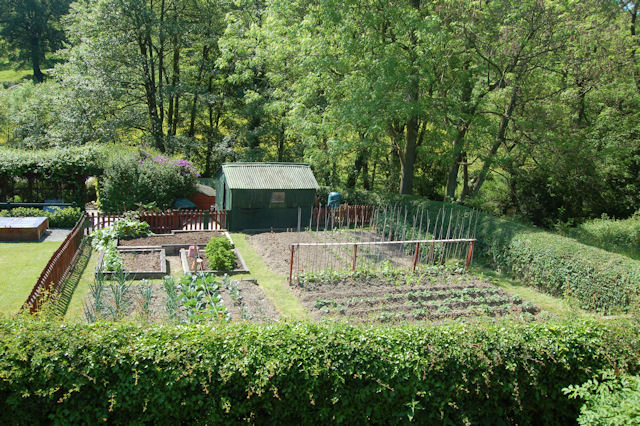Contributed Post
There’s absolutely nothing wrong with having a garden where you can chill out, watch the world go by, and enjoy the fresh air, but what if your garden could give you more? If you’re a fan of organic produce and you like to spend time in the backyard, why not use your passion for gardening to save you money at the store and make your garden more productive? If you’re keen to try your hand at growing fruit and vegetables, here are some simple steps you can take.
Image credit https://commons.wikimedia.org/wiki/File:Well_kept_vegetable_patch_-_geograph.org.uk_-_1334223.jpg
Planning your patch
Before you get carried away and start buying seeds, you need to think about the space you have available. Where are you going to create your new vegetable patch and which vegetables will grow best in your garden? If you don’t know much about growing fruit and vegetables, it’s best to do some research. Some plants will grow much better in shady spots than others, for example. If you don’t have a vast expanse that is flooded by sunlight all day, every day, for example, you may consider opting for those that don’t mind a bit of shade. Think about the direction your garden faces, and try and put your patch in the area that receives the most hours of sun.
Considering the conditions
You’ll need to think about the climate and the conditions when choosing what to plant. Some plants, for example, grow much better in hot temperatures. If you don’t live in a country or state where sunshine is guaranteed all year-round, you can still grow your own produce, but you may need a greenhouse. Once you’ve got a greenhouse set up, you can add features like a self watering system for greenhouse plants to improve your chances of a successful harvest. Using a greenhouse gives you control over the climate, and it may mean that you’re able to grow a larger selection of plants.
Planting tips
Every plant is different, and you’ll need to investigate which techniques to use once you’ve decided what you want to grow. Some seeds can be planted straight into the ground, but others will start life in a seed bed. When the seeds are ready, you can then transfer them to the soil. Most seeds can be put directly into the soil, and you can create a small space for them using a bamboo cane or a trowel. Once you’ve placed the seed in the soil, cover it, and then water the bed immediately. You’ll need to water your seedlings on a regular basis, especially if it’s warm.
What to grow
Some vegetables are much easier to grow than others. If you’re a beginner, it may be best to stick to vegetables like salad leaves, runner beans, radishes, spring onions, peas, and onions.
If you have designs on creating a garden that provides you with fresh produce, you’ve come to the right place. Before you begin, make sure you have a patch that is suitable for growing and prepare the soil. Work out what you want to grow, and when you need to plant, and then follow the planting instructions. If you can’t rely on the climate to provide the best conditions, it’s worth considering investing in a greenhouse.







